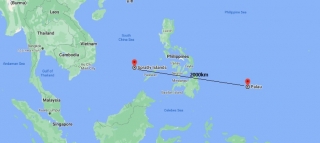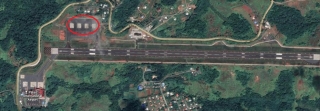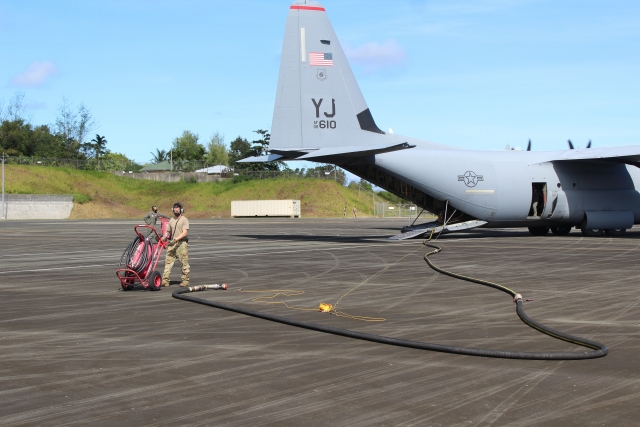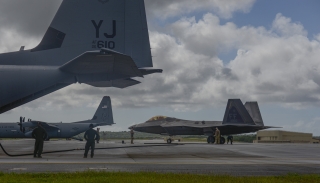USAF's ambitions to bring small parts of Dynamic Force Employment elements to remote airports
5 minute reading about the deployment(s) of USAF aircraft to remote airports in the context of Dynamic Force Employment (DFE).
Scramble Magazine has learned that multiple remote airports in the Pacific Ocean region will get a new look. After decades being austere looking airfields, these are now in the process of being turned into modern airports and capable of housing multiple United States military aircraft for extended periods of time. Earlier Scramble Magazine wrote about "Wake Island is becoming more critical for US Forces".
Already in 2016, the USAF announced that Tinian International Airport, on Tinian Island, just north of Guam, had been selected as a preferred alternative divert and exercise training island. In April 2019, during exercise Resilient Typhoon, two Kadena (Japan) based 44th Fighter Squadron F-15C Eagles attended Tinian. Although transport aircraft like the C-17A Globemaster III do visit Tinian on a regular basis, the Kadena Eagles are known to be the last USAF fighter aircraft that visited Tinian.
On 24 November 2020, during one of the latest Pacific DFE exercises, 36th Airlift Squadron C-130J Super Hercules aircraft conducted hot-pit refueling of F-22A Raptors at Koror Palau International Airport using an Aerial Bulk Fuel Delivery System (ABFDS). This mission was one of a series of operations associated with Westpac, a DFE consisting of Langley (VA) based Raptors from the 94th Expeditionary Fighter Squadron to the US Indo-Pacific Command’s area of responsibility.
According to the Air Expeditionary Force Fuels Management Pocket Guide, ABFDS is an aerial, fuels-delivery system that enables aircraft to transport fuel rapidly to locations close to or behind enemy lines. This system is normally installed on the C-130 Hercules, but can also be used on the C-5M Galaxy and the C-17A Globemaster III.
Strikingly, the past years, Koror Palau International Airport, being a part of the Republic of Palau, an island country located in the western Pacific Ocean, got a huge boost from the US military presence at the airport. Recent images show that the northwest platform has been expanded and that a minimum of four B-1B Lancer or B-2A Spirit aircraft can easily be accommodated. These latest expansions are undoubtedly also with a view to China.
China has its own base in the area of the controversial Spratly Islands. The distance between Palau and the Spratlys is some 2,000 kilometers, roughly 1,080 nautical miles.



Although USAF's Air Combat Command (ACC) Exercise Agile Flag, that was held at the end of October 2020, was merely a test about the effectiveness of future “Lead Wings”, the use of a Forward Operating Base will be seen as a key takeaway.
The latest deployment of F-22As to Palau shows that the USAF is fully committed according to the “Accelerate Change or Lose” vision doctrine. Scramble Magazine assesses that this will also mean that in the future we will see more smaller DFE groups of 4th Generation and/or 5th Generation fighters, or bomber aircraft and support, deploying to a prepared remote Forward Operating Base.





